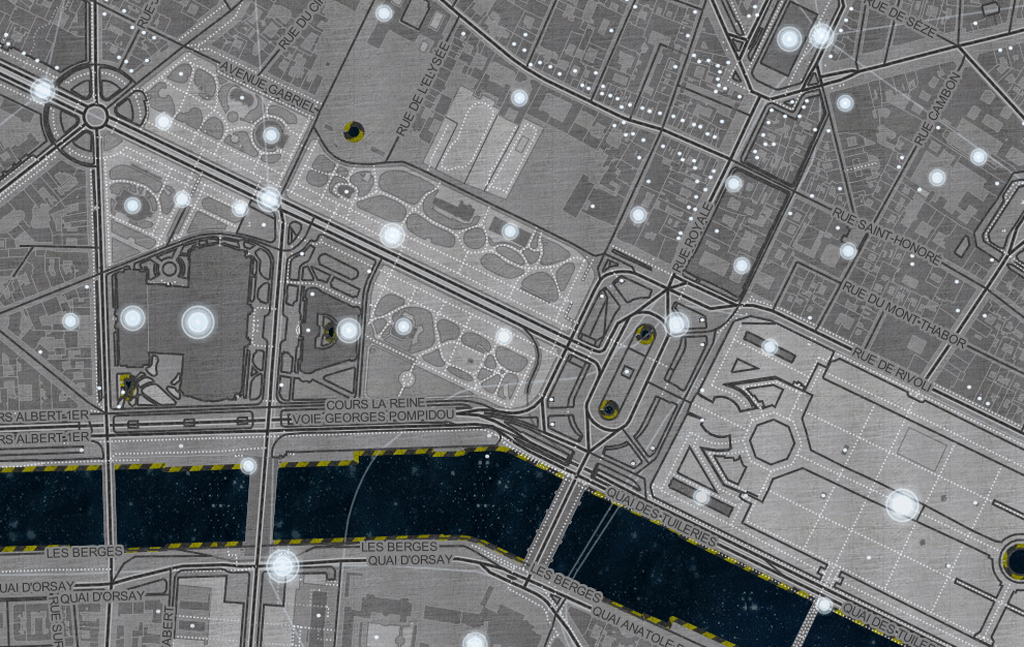
Interactive maps are usually web-based, on a computer, phone, or tablet. Interactive maps allow for user interaction, data exploration, and animation. Static maps are often printed maps, but could also be digital images on your computer or online. A static map represents data at a snapshot in time. If not, consider other ways to visualize it, or simply provide a table. Just because data can be mapped doesn’t mean it should be mapped! It’s always important to think about whether geography is important to your story. For example, if you’re mapping for an expert audience, the map can probably be more complex than if it’s meant for the general public.
City map designer drivers#
What you intend to accomplish and for whom are huge drivers of map design. (And in the digital realm, either on desktop screens or small mobile devices.) Sometimes a map needs to work for several different media, which can mean several sets of designs. Many design decisions depend on how the map will be displayed, usually meaning either on paper or on a digital device.

First, a few overarching things to think about initially: We’ll give an overview of some of the important considerations in map design. If you would like to use Studio to trace Mapbox Satellite Imagery for commercial purposes, contact us.Design in cartography can be thought of as the set of human decisions behind the map-not only the look of the map, but also choices about data, interaction, and more.
City map designer software#
You may use Studio or third-party software to trace Mapbox Satellite Imagery and produce derivative vector datasets, but only for non-commercial purposes and for OpenStreetMap. Can I trace or create my own data using your tools?
City map designer Offline#
You may not scrape or download maps for any purpose other than temporary offline caching on a single end user’s device. You may not redistribute maps, including from a cache, by proxying, or by using a screenshot or other static image instead of accessing maps through the Maps APIs. On mobile devices, you may only cache up to the limits set in the applicable Mapbox SDK, and you may not circumvent or change those limits.

You may temporarily cache maps on end-user devices (e.g., laptops, smartphones, or tablets) for offline use, but each device must populate its cache using direct requests to the Maps APIs and content from a cache may only be consumed by a single end user. Can I store Mapbox maps data permanently? View our help guides to see accepted file types and transfer limits.

Tilesets are lightweight collections of vector data that are optimized for rendering and are not editable, but can be styled in the Mapbox Studio style editor. Datasets provide access to feature geometries (points, lines, and polygons) and properties (attributes), both of which can be edited in the Mapbox Studio dataset editor or through the Mapbox Datasets API. Yes, you can upload both Datasets and Tilesets. View the complete list of languages we fully support.

Mapbox Streets supports the name field (the name or names used locally for the place) globally and thus Mapbox maps have partial language coverage for over 100 local languages and we continue to add to these over time. In this tileset, there are different name fields for each of the label layers. All of our data sources are detailed here: What languages do you support?Īll Mapbox template maps use the Mapbox Streets vector tileset for map features.


 0 kommentar(er)
0 kommentar(er)
